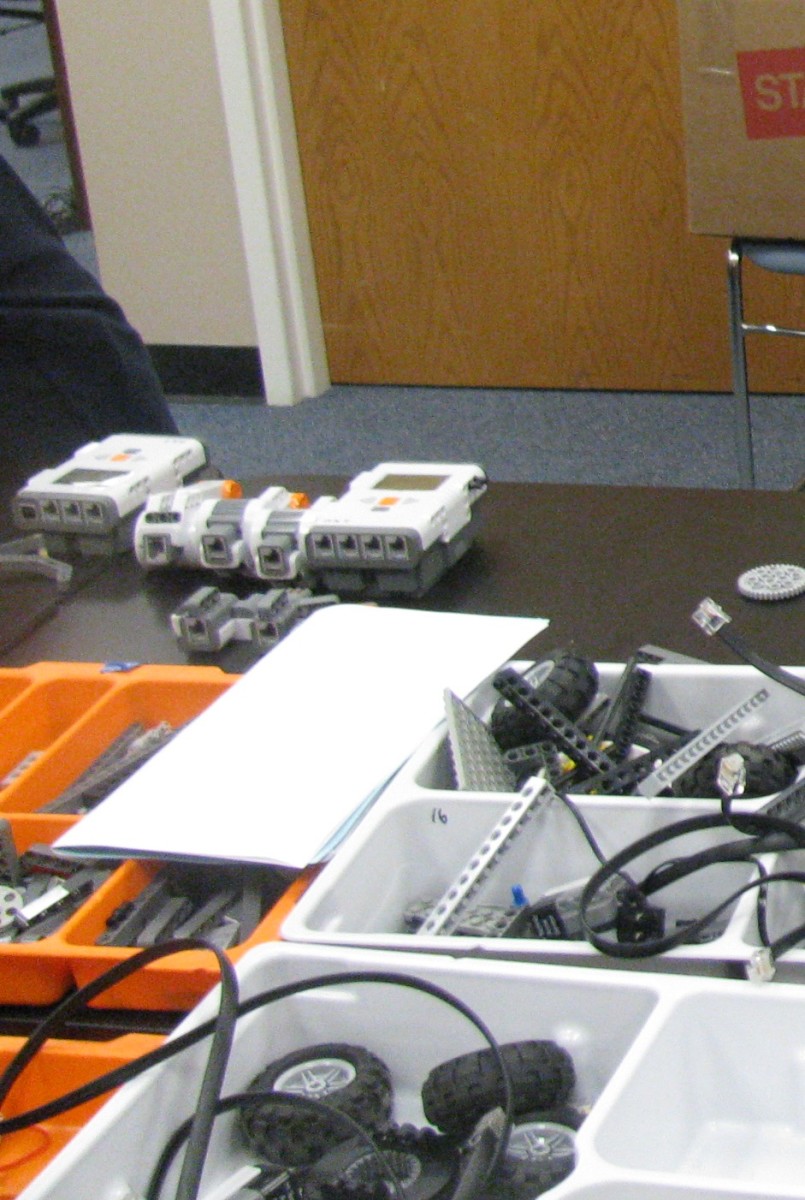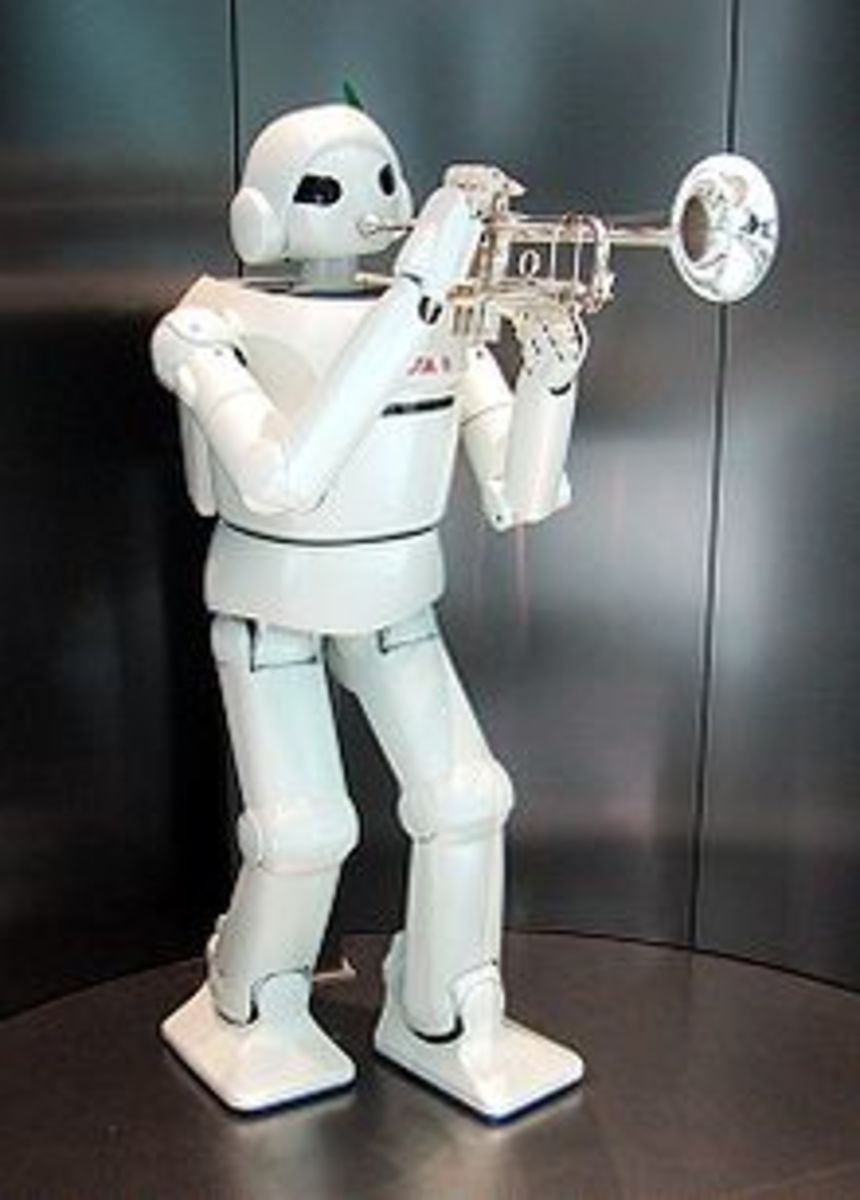An Overview of Programmable Logic Controllers or PLC
Introduction
Programmable logic controllers or PLCs are the miniature computers that control the automated systems that run the world around us.
How do PLCs work if they rarely use computer monitors? PLCs receive feedback from the system they monitor and control. The PLC controls the equipment in real time according to a pre-programmed set of instructions.
PLCs can be programmed during assembly. Newer PLCs can be updated with new software via a computer or connection via the internet of things (IOT).

Uses of PLCs
PLCs originated on the assembly line. PLCs run assembly equipment, manage the thermal profile of plastic extruders, control motors to maximize their efficiency and process controls like shut off valves when pressures reach a pre-determined threshold. PLCs are used to monitor the safety control systems for elevators and escalators.
Programmable logic controllers monitor water pressure and air pressure in industrial applications. The PLC opens and closes valves to build up or release pressure to maintain the pressure within a predefined range. The same PLC or a separate one in a safety control system manages the emergency pressure relief system.
PLCs also provide motion control and are used in pick and place equipment on assembly lines. More advanced units can verify their location using lasers or grids and correct their location before placing the part.
PLCs versus SCADA
PLCs create a distributed control system, not a SCADA (supervisory control and data acquisition) network. The difference between SCADA and PLC distributed control systems is the local control of equipment by PLCs. SCADA sends reports to a main control station where a computer or human operator makes a decision about what to do. PLCs act or react based upon the ladder logic programming within the PLC itself.
Components of a PLC Network
• PLC Hardware
PLC hardware refers to the individual PLCs that operate or monitor equipment. Automation Direct PLC, Siemens, Square D and Omron are some of the major PLC hardware providers of PLC hardware. Some PLC hardware such as the Click series Automation Direct PLC can be combined to create an operator interface. Other PLC devices require connective devices to communicate with an operator interface or networking device.
• Operator Interface
Operator interfaces provide real time system reporting to shop floor personnel. A diagram of the water flow can be shown on an operator interface and flash red for those areas lacking flow or overheating. A pneumatic system operator interface could be programmed to flash yellow when pressure builds up or valves cease responding to a PLC’s commands. Operator interfaces can be used to log information from PLCs and provide trend lines or reports for review.
• Motor Controllers
Motor controllers are PLCs that control electric motors. There are PLCs for both AC and DC motors. Motor starters control the starting time, starting voltage and voltage ramp ups of motors to ensure a smooth start. Motor overload relays act as breakers and fuses to prevent motors from overheating or running in overload conditions. PLCs in motor controls can also be designed to turn off the motor when phase loss occurs. Intelligent Motor Controls adjust the motor torque in response to the motor load by adjusting the voltage and current. PLCs can also act as Variable Frequency Drives and control the AC motor via the frequency of the alternating current. When an AC motor alternates between high and low torque applications, PLCs used in this fashion can save significant money by lowering the utility costs.
• Software
PLC automation software is usually written in the form of a ladder program. The ladder program is stored in a flash EEPROM memory inside the PLC. However, the PLC ladder logic programming software itself typically runs on a PC where the ladder logic code is created by a programmer. Operator interface software is typically Microsoft Windows based. For example, Automation Direct PLC C-More touch panel programming software runs on any Windows OS. CoDeSys, short for Controller Development System, is open source PLC software. TRiLOGI is a ladder logic and BASIC based programming language, though it is limited to only a few series of PLCs. Automation Direct’s DataWorx software and NI LabVIEW software are two of the major providers of data logging software.
• Network Connections
PLC connection modules connect to PLC units to terminal blocks. PLC programming cables connect the personal computer where the PLC automation software is stored to the PLC itself. Most PLC connectors are built to the RS-232 or RS-485 standard. The PLC may be connected to a remote terminal unit (RTU) which forwards status information from the PLC to a work station or operator interface. Communications in PLC networks are typically Modbus and ASCII. The latest PLCs can use Ethernet or wireless connections to provide central control units with real time system statuses and receive updated instructions from a work station or operator interface.
The Future of PLCs
Motor controllers are now mandatory in American made motors due to the Energy Independence and Security Act of 2007. This means that devices like the Eaton Cutler-Hammer Freedom series IEC contractor and Automation Direct PLC motor controllers will become more common despite an overall contraction in the PLC market due to the current recession.
PLCs will become more common as distributed manufacturing spreads, smart electrical grid management demands tighter control of industrial power usage and monitoring of personal appliances using PLCs becomes standard. Energy efficiency and smart power grid automation demands it.



